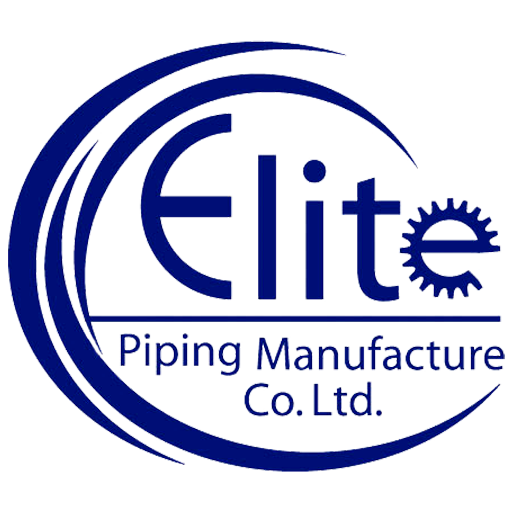Share this
Introduction: Trust Begins with Testing
In the flange manufacturing industry, quality is not a promise made lightly — it is verified through rigorous inspection processes. Every step from raw material selection to final product delivery reflects our commitment to excellence. As global demand for high-quality piping components grows, a reliable inspection system and scientific testing methods have become essential to earning trust.
What Is Flange Inspection?
Flange inspection refers to the comprehensive evaluation of flange products in terms of dimensions, surface condition, material composition, and mechanical performance. The goals are clear:
To ensure compliance with customer specifications and international standards (ASME, EN, DIN, GOST, etc.)
To eliminate defects caused by raw materials or machining
To guarantee performance in high-temperature, high-pressure, or corrosive environments
Common Testing Methods in Flange Production
1. PT – Dye Penetrant Testing
Keywords: PT test, non-destructive testing, surface crack detection
PT testing is a widely used non-destructive testing (NDT) method for detecting surface-level defects such as cracks, pinholes, or folds. It is especially important for austenitic stainless steel and non-ferrous alloy flanges.
Suitable for:
✔ Stainless steel flanges
✔ Nickel alloy flanges
✔ Flanges requiring high surface finish
Basic Procedure:
Clean the surface
Apply penetrant
Allow time for penetration
Remove excess penetrant
Apply developer
Interpret results
Typical Marking:
Products that pass the test are marked “PT OK” or “PT Pass” on the flange face or edge.
2. UT – Ultrasonic Testing
Ultrasonic Testing detects internal flaws like porosity, inclusions, and cracks, especially important for forged products such as weld neck flanges.
Keywords: UT inspection, ultrasonic detection, NDT for forgings
Common for:
✔ Carbon steel
✔ Alloy steel
3. RT – Radiographic Testing
Radiographic testing (RT) uses X-ray or gamma-ray technology to inspect weld joints. It is commonly applied to special welds or long weld neck flanges.
4. MT – Magnetic Particle Testing
Magnetic Particle Testing identifies surface and near-surface defects in ferromagnetic materials. It is not applicable for non-magnetic materials like stainless steel.
5. PMI – Positive Material Identification
Keywords: PMI testing, stainless steel identification, chemical analysis
PMI is used to confirm the actual chemical composition of a material using handheld analyzers, ensuring the material grade matches the order and required standard.
Essential for:
✔ Stainless steel (e.g., 304, 316, 321)
✔ Nickel alloys (e.g., Inconel, Monel)
Typical Marking: PMI OK / Heat No. stamped or painted on the flange
Different Materials, Different Inspection Focus
1. Carbon Steel Flange
Focus: Dimensional accuracy, internal defects (UT), surface testing (MT)
Marking: Heat number, standard, pressure rating, size
2. Stainless Steel Flange
Focus: PMI verification, surface integrity (PT)
Marking: Material grade (SS304, SS316, etc.), standard, pressure class
3. Alloy Steel Flange
Focus: Chemical composition, mechanical properties, UT, sometimes RT
Often used in high-temperature and high-pressure environments where testing standards are stricter
Marking and Identification: Traceability Matters
Keywords: Flange marking, traceability, heat number, batch control
Every flange we produce comes with clear, permanent markings — essentially its “ID card.” These markings usually include:
Manufacturer’s logo (e.g., EP for Elite Piping)
Standard (ASME B16.5, EN1092-1, etc.)
Size (e.g., DN100, 4”)
Pressure rating (PN16, Class 150)
Material grade (A105, F304, F316L, etc.)
Heat number
Optional: PT OK / PMI OK if tested and approved
Inspection Records and Certification
Every inspection is documented with complete traceability. Key documents include:
Mill Test Certificate (MTC)
NDT reports (PT, UT, etc.)
Dimensional inspection sheet
PMI test results
Third-party certificates (e.g., TÜV, SGS, BV if required)
These documents are not only proof of compliance — they are a mark of professionalism and a reassurance to our global clients.
Quality Is Not an Act, It’s a Habit
At Elite Piping, we believe “meeting the standard” is just the baseline — our true goal is to exceed expectations. Every flange must pass inspections, but more importantly, it must withstand time, pressure, and customer scrutiny in the field.
Closing Thought: Quality-Driven, Detail-Focused, Always Reliable
Flange inspection is not just a procedure; it’s a commitment — to safety, to clients, and to long-term trust. Different materials require different methods, but the mindset stays the same: strict, standard-compliant, and consistent. At Elite Piping, our attention to detail is what makes every flange a high-performance component.
Want to know more about our inspection processes, test certificates, or product traceability system? Contact us today — we’re ready to ensure your next project starts on a solid, tested foundation.

